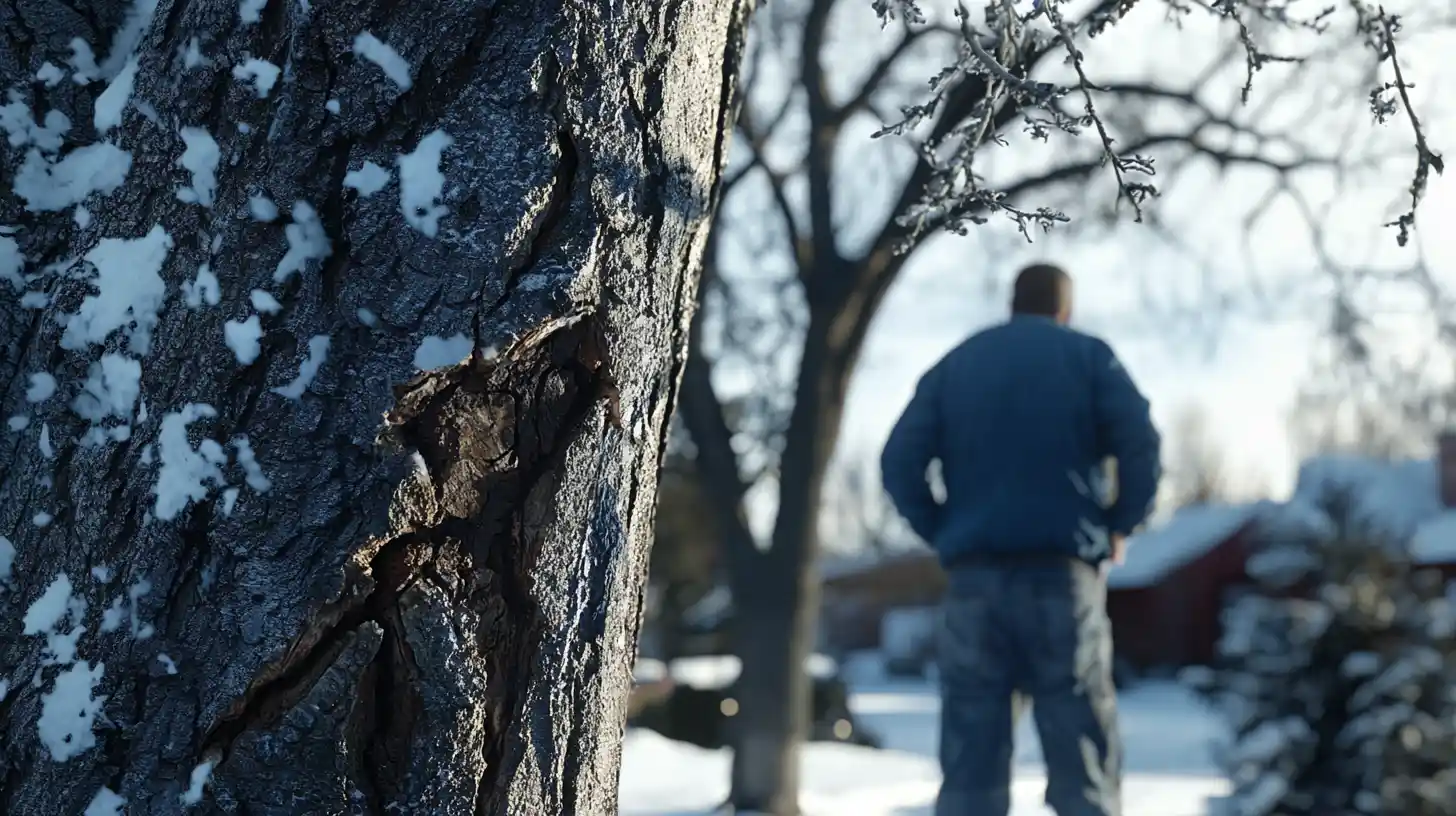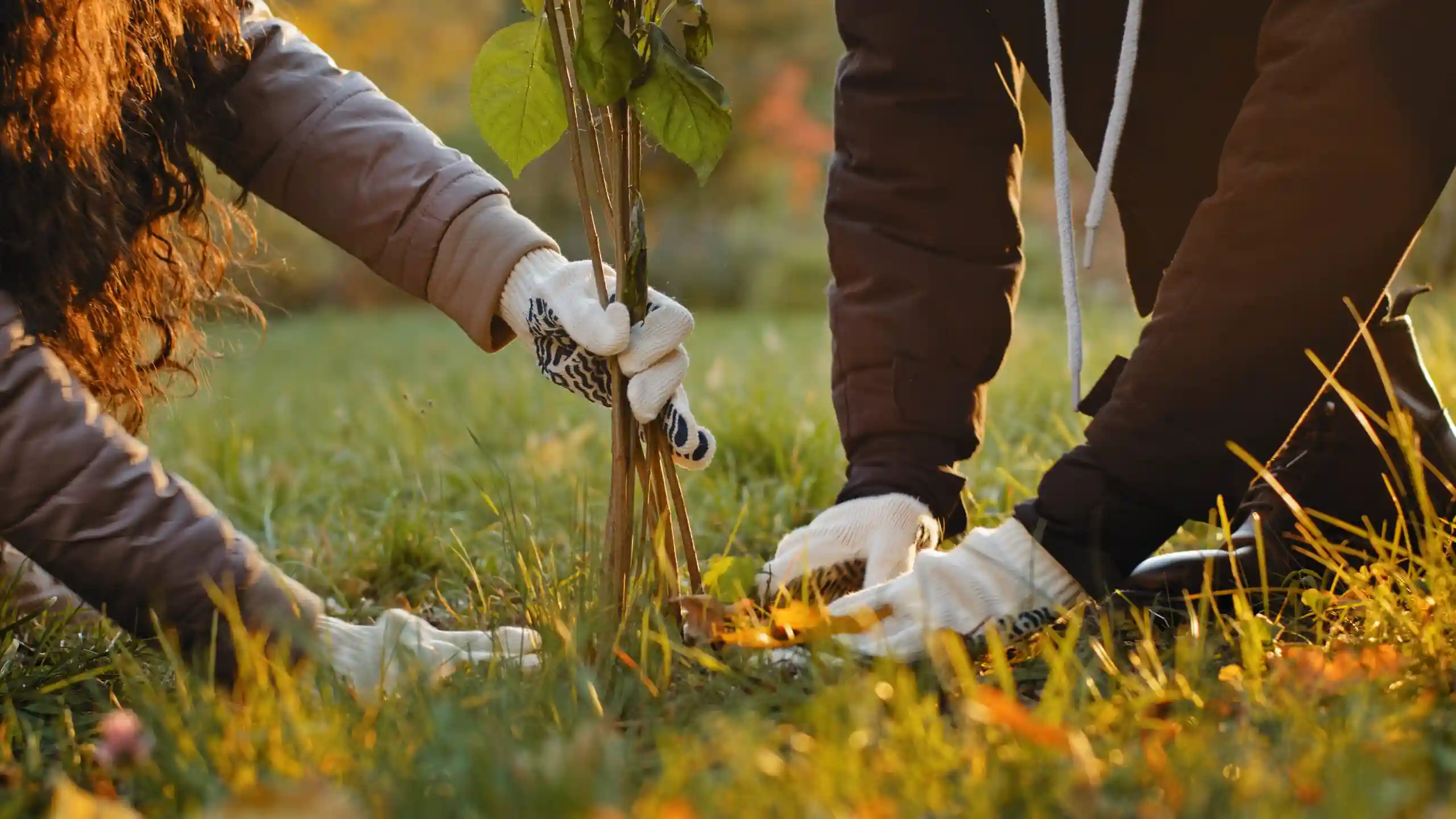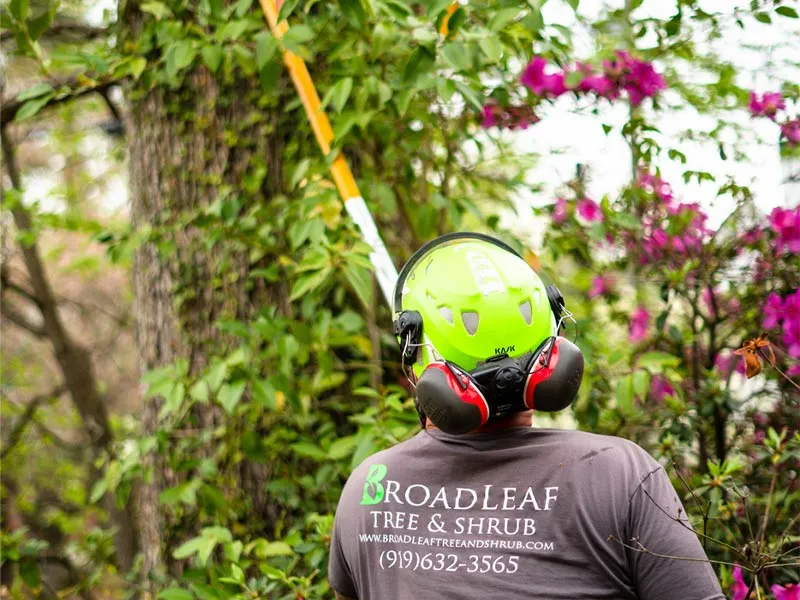Crepe Myrtle bark scale is a relatively new pest that has become a significant problem for crepe myrtle trees in certain areas. Originally discovered in Texas in 2004, this invasive species has now spread to North Carolina and poses a threat to the health and beauty of these beloved landscape trees. In this blog post, we will explore the characteristics of crepe myrtle pest, the potential risks it poses, and offer solutions to protect your trees.

Identification and Impact:
Crepe myrtle bark scale is characterized by its black appearance with white spots covering the tree’s bark. This scale insect feeds on the sap of crepe myrtle trees, causing the tree’s leaves and branches to decline in health. The damage can manifest as reduced flowering, stunted growth, and overall weakening of the tree’s vitality. If left untreated, severe infestations can even lead to the death of the tree.
Prevention and Treatment:
Early detection is crucial in managing crepe myrtle bark scale. Regularly inspect your crepe myrtle trees, particularly the trunk and branches, for any signs of infestation. If you notice blackened bark or the presence of white spots, contact a tree care specialist who can accurately diagnose the problem and provide appropriate treatment options.
At BroadLeaf Tree & Shrub, our specialist, Larry, is well-versed in dealing with crepe myrtle pest. He can answer your questions and recommend the best treatment and prevention strategies tailored to your specific situation. We offer in-person consultations to assess the severity of the infestation and provide personalized solutions.
Treatment methods for crepe myrtle pest may include insecticide applications or horticultural oil treatments, depending on the severity of the infestation and the tree’s overall health. Our team will determine the most effective and environmentally friendly approach to protect your crepe myrtle trees.
Preventing the spread of crepe myrtle pest is equally important. Avoid moving infested plant material, as this can introduce the pest to new areas. Be cautious when purchasing new crepe myrtle trees and inspect them thoroughly before bringing them home. Consider planting resistant varieties or those known to be less susceptible to crepe myrtle bark scale.
Crepe myrtle bark scale is a pest that poses a significant threat to the health and beauty of your crepe myrtle trees. Early detection and proper treatment are crucial to preventing further damage and preserving the vitality of your landscape. Contact our specialist, Larry, at BroadLeaf Tree & Shrub for an in-person consultation and expert advice on protecting your crepe myrtles from this invasive insect. Don’t let crepe myrtle pest diminish the beauty of your trees—take action today to keep them healthy and thriving for years to come.



